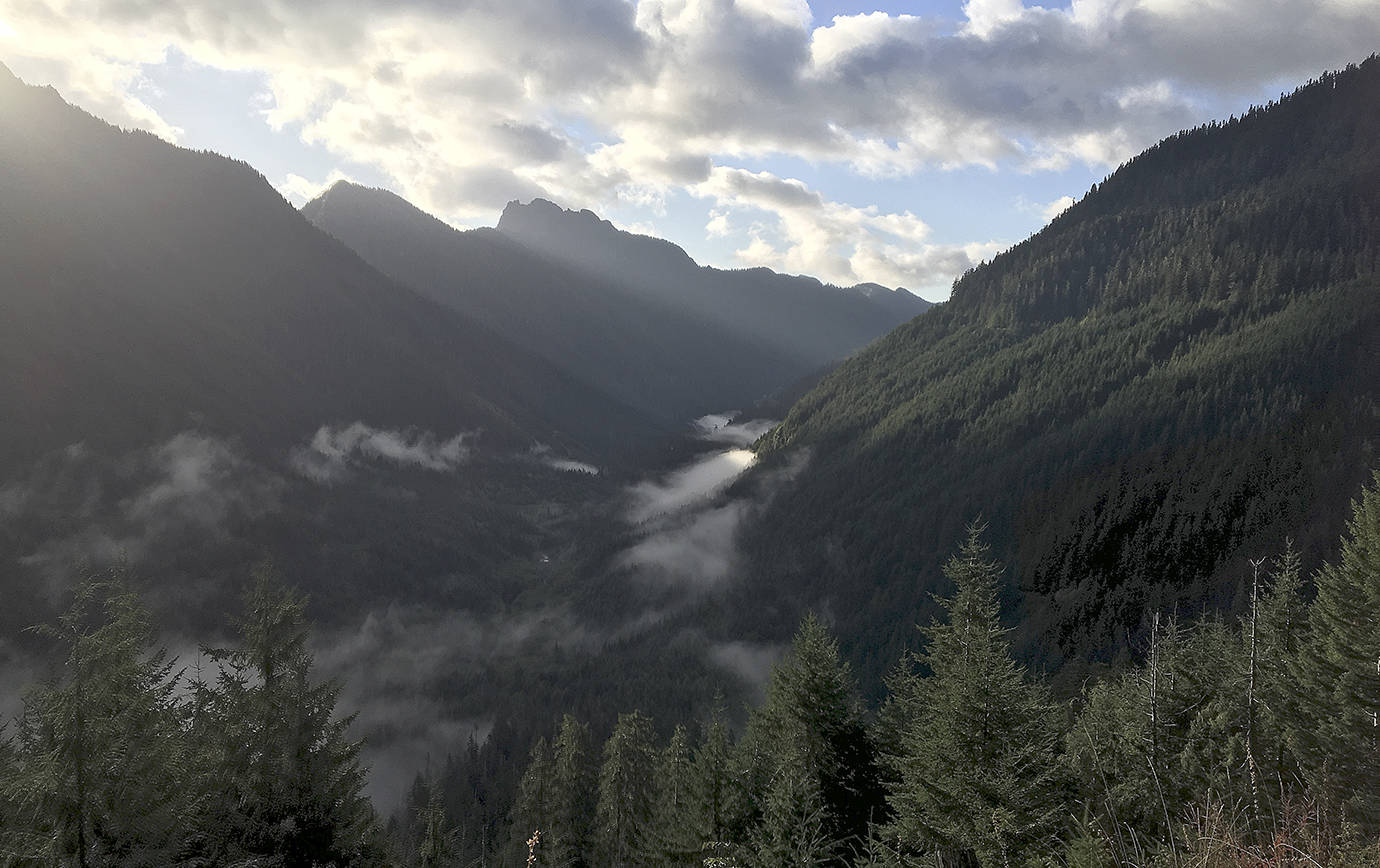The Forest Service is accepting public comment on a proposal to thin timber and change the way it manages roads in the upper Wynoochee Valley.
Proposed are about 45 miles of road closures and 16 miles to be decommissioned that could limit or block access to hunting and hiking destinations around Wynoochee Lake.
Decommissioning vs. closing roads
The classification of “closed” vs. “decommissioned” roads can be misleading.
Decommissioning means making the road impassable to motor vehicles, either by blocking it or obliterating it entirely, and the Forest Service takes the road out of its road system. A road closure means the road is indeed closed to vehicle travel, but the Forest Service keeps it in its road inventory “stored for future use or access,” according to the proposal. Basically, a decommissioned road is scrapped by the Forest Service; a closed road stays on the books and can be reopened.
The roads the Forest Service calls the highest priority for decommissioning as “unneeded roads” are those they think pose a threat to rivers and streams. There are two major factors in determining if an existing road is a threat to a stream for the Forest Service, according to the proposal. One, if the road does not have adequate drainage or has an unstable bank that can wash sediment into a stream. Two, if the road blocks potential fish-migration passages.
Declining road maintenance funds are another factor in road closures, forcing the Forest Service to set strict priorities when it comes to maintaining roads. After years of neglect, many roads in the project area are deteriorating and, in some cases, washing out entirely, resulting in “increased risks to natural resources and public safety,” according to a statement released by district Ranger Yewah Lau.
Mitzi Schindele, president of the Olympic Public Access Coalition, pointed out several points of concern in the proposal, including limiting access to the Wynoochee Pass trailhead, lowering the maintenance level on 19 miles of the main Wynoochee Valley Road leading to the trailhead to accommodate only high-clearance vehicles — not passenger vehicles at it is now — and closing two sections of road: one that offers access to the Wynoochee Pass trailhead from the west and another road that allows access to the East Fork Humptulips and Highway 101.
Thinning
The goal of the proposed thinning project is to speed the development of old growth habitat and improve the stream system in the area, according to the Forest Service proposal.
About 5,000 acres are on the list for “restoration thinning.” Much of the standing timber in the area is second growth — previously logged then replanted — “that are in declining health,” according to the Forest Service. Thinning would allow for healthier trees, the regrowth of vegetation on the forest floor, and easier movement for deer, elk and other wildlife. Some trees would be dropped into streams to offer fish cover.
The thinning units are split up into small sections. Many of them ring Wynoochee Lake itself, others are south and east, another cluster is west of the lake and others are north toward Klone Lakes.
There is an economic component to the thinning, according to the proposal.
“While maintaining and enhancing (the) forest is the primary objective, a goal of the (plan) is to provide a sustainable level of forest products for local and regional economies and provide jobs,” reads the proposal. Logging contractors would be hired and the products harvested distributed to local facilities best suited to mill the wood into its best use.
Commenting
Schindele’s coalition works with the Forest Service and other agencies to explore ways the public can best give constructive comments on projects like this one. She said it’s important to be specific: don’t just say, “Don’t close any more roads.” Give specific examples of roads. For instance, one suggestion Schindele had for closed roads is to not just lop them off at the source; leave 100 feet or so so vehicles can at least turn around or pull off to the side. Schindele said commenting early is important too. This initial comment period is the beginning of a long process that will have several opportunities for public comment. If you comment at each opportunity your suggestions could carry more weight, she said.
Read the proposal at fs.usda.gov/project/?project=53124. Comments are best if received by Oct. 30; there will be a link for comments on the project page. Comments can also be mailed to Yewah Lau, Hood Canal District Ranger, c/o Kim Krider, 1835 Black Lake Blvd. SW, Olympia, WA 98512.



